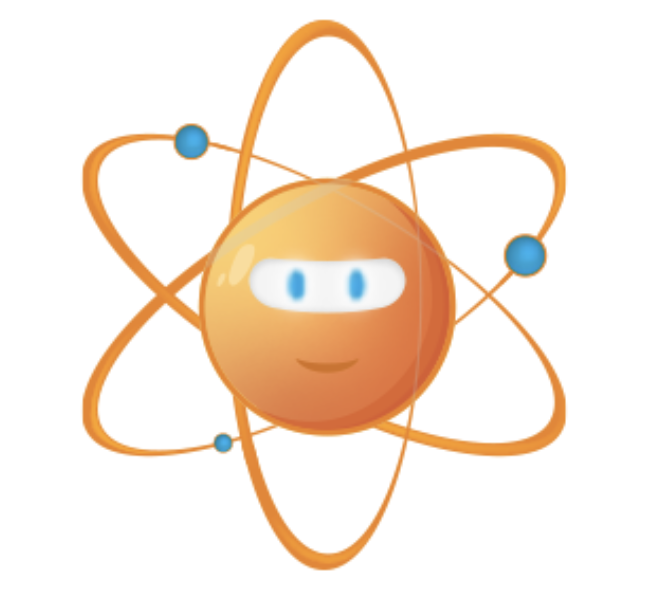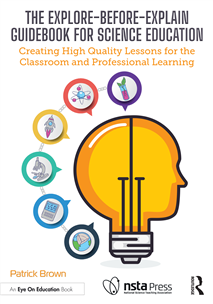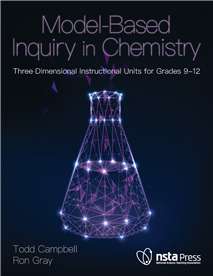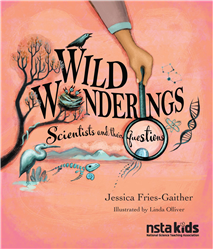All Phenomena resources
Reports Article
Freebies and Opportunities for Science and STEM Teachers, December 9, 2025
By Debra Shapiro
Reports Article
Freebies and Opportunities for Science and STEM Teachers, September 30, 2025
By Debra Shapiro
NSTA Press Book
This guidebook uses an Explore-before-Explain instructional sequence to help you facilitate the design of active meaning-making lessons in science....
By Patrick Brown
Reports Article
Freebies and Opportunities for Science and STEM Teachers, June 10, 2025
By Debra Shapiro
Reports Article
Freebies and Opportunities for Science and STEM Teachers, April 8, 2025
By Debra Shapiro
Reports Article
Freebies and Opportunities for Science and STEM Teachers, March 25, 2025
By Debra Shapiro
Reports Article
Freebies and Opportunities for Science and STEM Teachers, February 25, 2025
By Debra Shapiro
NSTA Press Book
Model-Based Inquiry in Chemistry: Three-Dimensional Instructional Units for Grades 9-12
Transform your chemistry lessons from abstract concepts into engrossing learning experiences that help high school students understand what happens in the world. You can do it with Model-Based Inquiry in Chemistry: Three-Dimensional Instructional Uni...
By Todd Campbell, Ron Gray
Reports Article
Freebies and Opportunities for Science and STEM Teachers: February 18, 2025
By Debra Shapiro
Reports Article
Freebies and Opportunities for Science and STEM Teachers, February 4, 2025
By Debra Shapiro
Reports Article
Freebies and Opportunities for Science and STEM Teachers, January 7, 2025
By Debra Shapiro
Journal Article
Puddles to Floods: Field-based Investigations on Flooding in New Orleans
All students deserve access to field-based learning experiences where they can conduct investigations and collect data to answer their questions about the world. These opportunities are particularly important in the context of complex climate-related...
By Brooke Sprague, Claire Anderson, Karen Marshall, Jazmine Henderson, Shermaine Johnson
NSTA Press Book
Wild Wonderings: Scientists and Their Questions
Click here to view video of Wild Wonderings Let your curiosity run wild! This lively book will inspire you to ask questions like scientists do. Why? Because questions can lead you to amazing discoveries. Like what? Like when theoretical physicist ...
By Jessica Fries-Gaither
NSTA Kids
Wild Wonderings: Scientists and Their Questions
Click here to view video of Wild Wonderings Let your curiosity run wild! This lively book will inspire you to ask questions like scientists do. Why? Because questions can lead you to amazing discoveries. Like what? Like when theoretical physicist ...
Journal Article
Scaffolding an Inquiry-Based Spring Constant Activity for Differentiated Physics Instruction
This activity gives students the opportunity to design an experiment, collect data, and solve for the spring constant of different springs. The use of low-cost materials and the inquiry-based structure makes it more accessible for teachers and more e...
By Eric Lindley






